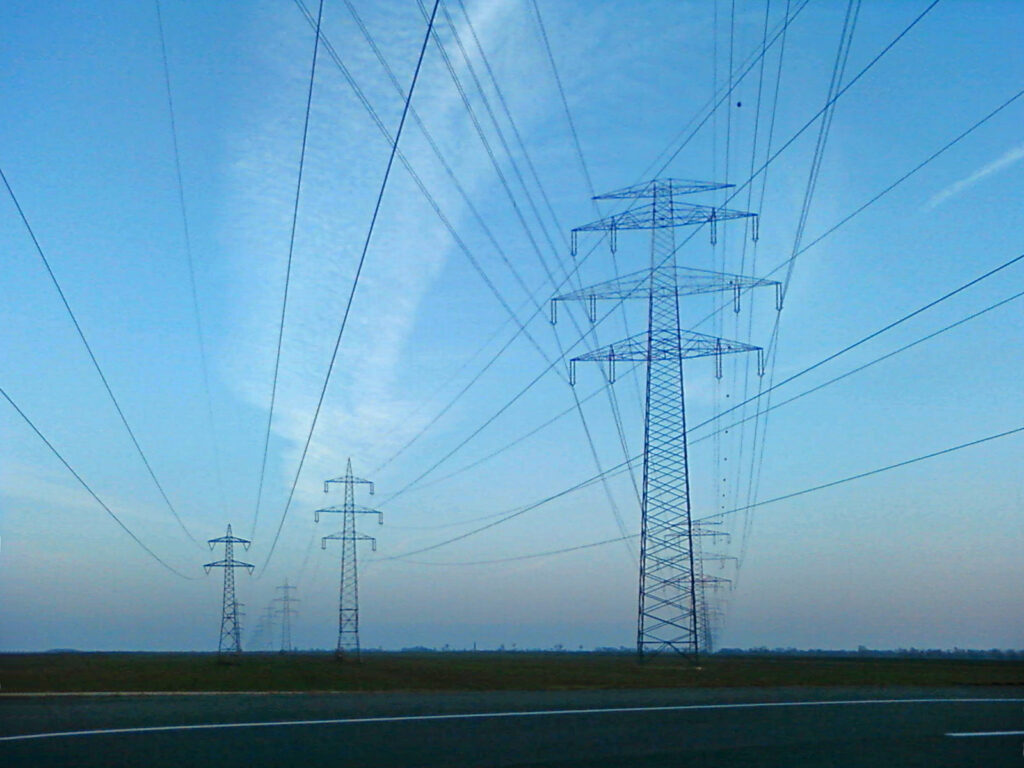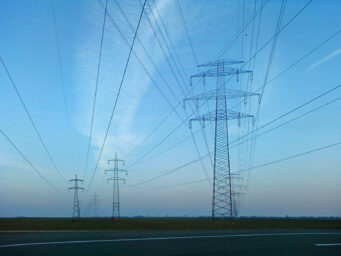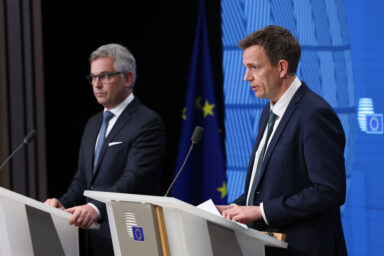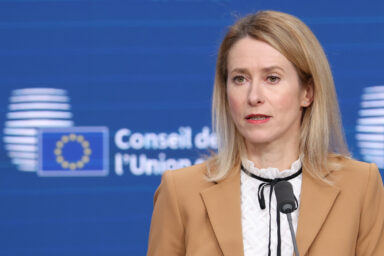European Parliament adopted proposals to modernise the EU’s electricity grid, enhance resilience, and integrate renewables. It highlighted the high costs related to the creation of a real Energy Union, as well as concerns about the social impact of these measures are growing.
The text adopted on Thursday 19 June calls for the implementation of the EU grid action plan. It also stresses the need for significant investment and infrastructure upgrades to modernise and increase cross-border transmission capacity.
“The reason why electricity grides must be modernized and expanded are pretty straightforward. The ongoing electrification of the EU industry is putting pressure on the existing system (…) Soon about 70 per cent of renewables will be connected to the distribution grid and that requires adaptation. Around 40 per cent of the grids are more than 40 years old,” said MEP Anna Stürgkh (Renew/AUT), EP’s rapporteur for the report titled ‘Electricity grids: the backbone of the EU energy system’.
The ongoing electrification of the EU industry is putting pressure on the existing system. – MEP Anna Stürgkh, rapporteur
Such fundamental changes, however, will involve high costs—and some MEPs warned that these should not come directly from EU citizens’ wallets. Ekaterina Zaharieva, EU Commissioner fot Startups, Research, and Innovation, also called for caution. “The investments needed are huge, and we need to find a way not to overburden the consumers and national budgets,” said the Commissioner.
Close to €1bn needed by 2030
The EP’s Committee on Industry, Research and Energy estimated that by 2030, the EU must invest approximately €375bn to €425bn in distribution networks, plus €584bn in total in electricity transmission and distribution networks. It noted with concern that in 2023, the costs of managing electricity grids congestion in the EU amounted to €4.2bn, constituting a persistent obstacle to increasing the share of renewable energy sources.

The report calls on the Commission to propose, by June 2026 at the latest, a binding interconnection target for 2036, based on a needs assessment. It also stressed the need to speed up authorisation procedures for electricity infrastructure. The need to improve the public procurement framework to address the challenges network operators face with regard to supply chains also featured in the report. Networks and related technologies should enjoy the status of strategic sectors.
Iberian blackout as a warning
The topic of electricity grids resilience have lately come under the spotlight in the wake of the nationwide blackout that hit Spain on 28 April, leaving large parts of the Iberian Peninsula without electricity for hours. Earlier this week, Sara Aagesen, Spanish minister for ecological transition, stated that “the blackout had multiple causes, (among them) the inappropriate actions of grid operator Red Eléctrica and some power plants.”
According to Ms Stürgkh, the Iberian blackout provided a painful example of how vulnerable European grids are. “It was a reminder that Europe’s energy transition will fail unless we invest just as strategically in infrastructure as in renewables. However, the blackout did not prove the failure of the Energy Union—quite the opposite. Thanks to cross-border interconnectors, France was able to step in immediately,” Ms Stürgkh said.











